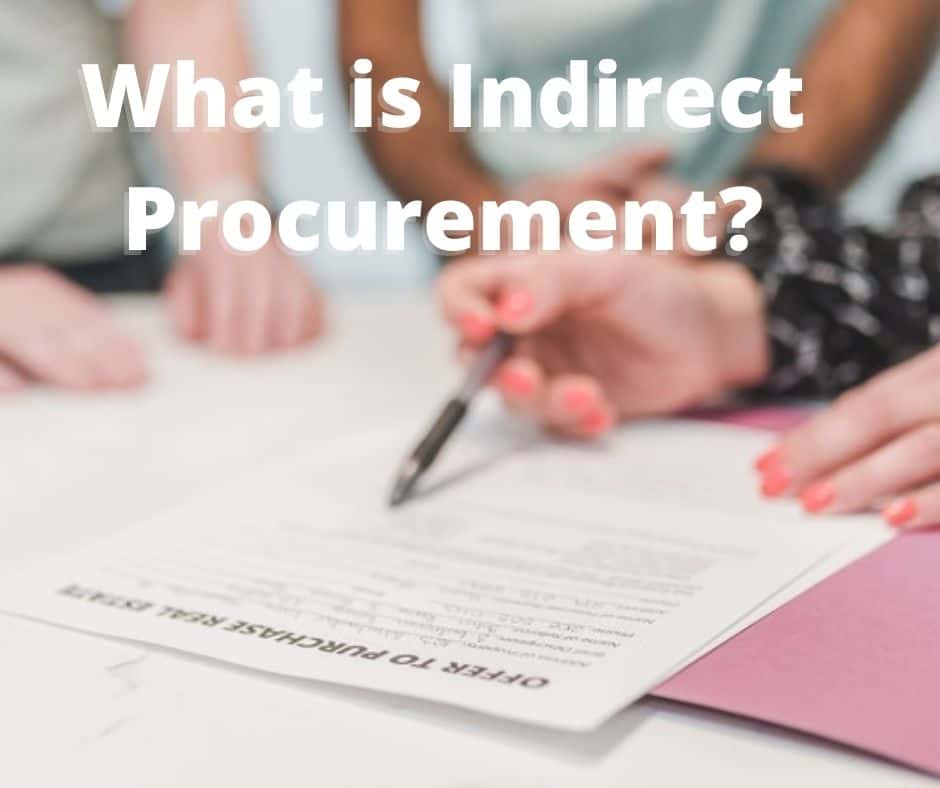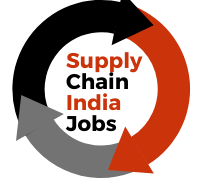Experience shows that a company spends a lot of money, time and manpower on direct sourcing as it is directly related and has a direct impact on profit and customer satisfaction. However, the less you spend on related materials and services to make your products, the lower your costs, which means you can make a higher profit on your sales – and the better the quality of your products, the more satisfied your customers are. However, many may not realize how vital indirect, procurement is to a company. Today, we will talk to you about what is indirect procurement? Indirect purchase?
What Is Indirect Procurement?

See Also :
- Procurement Price Tracker that can monitor 4.3 billion prices
- History and Possible Forms Of Transportation
- How Chat GPT Can Be Used To Optimize Supply Chain Management
- Refrigerated trucks – All you need to know
- What is Digital Supply Chain Management?
- What Does A Supply Chain Analyst Do?
- Career In Supply Chain Management
- What are the KPIs for E-commerce?
What is Procurement?
Procurement refers to an organisation’s business activity in which it obtains products or services from the supply market as resources under certain conditions to ensure the normal production and operation of the organisation.
Procurement is divided into direct procurement and indirect procurement
What is Direct Procurement?
Direct Procurement: The purchase of materials and services used for product production and sales to serve external customers, also known as productive procurement. Such as raw materials, product packaging, logistics services, etc.
What is Indirect Procurement?
Indirect procurement is the procurement of materials and/or services to support the production and sales of the company’s products and maintain the normal operation of the company. Goods and services purchased in indirect purchasing activities do not go directly into the final product for sale.
This type of procurement involves the purchase of products and services that enable day-to-day business.
Indirect inputs can be, for example, stationery, travel, IT services, packaging materials, equipment, office furniture, and so on.
These are the products and services that are needed for a company to run smoothly.
Prioritizing and managing indirect costs effectively is, of course, a huge task, but if we want to reduce spending, it must be a priority. In today’s intensifying market competition, it is very important to reduce costs wherever we can in order to increase profits and prosper in future businesses. In fact, indirect spending has a huge impact on the business and we need to be able to manage it effectively to get the best value for our money.
Characteristics of Indirect Procurement
(1) Give full play to the respective core capabilities of industrial and commercial enterprises.
(2) Reduce the working capital and increase the capital turnover rate.
(3) Diversify procurement risks and reduce abnormal losses of items.
(4) Reduce transaction costs and time, thereby reducing procurement costs.
Effects of Indirect Procurement on Your Business
The main purpose of every business is sustainability and profitability. The common point of the two denominators is to reduce the costs as much as possible. Although some strategic moves have been made on the production and marketing side to reduce costs, these alone are not enough. The roadmap to be followed by the purchasing department and the long-term plans to be realized in this context will be important steps to reduce costs. For businesses, the procurement process and procurement are seen as key points in internal operations. It can even be said that they are essential parts of any organization’s corporate strategy.
Indirect purchases are purchases that allow you to meet your daily needs and do your daily work. The expenses you make for office supplies, fixtures, travel, office furniture or various equipment are called indirect purchases. These seemingly insignificant purchases are actually vital to your business.
Explore Supply Chain Jobs
The absence or negligence of indirect procurement will cause the disruption of many daily business processes of organizations. Establishing a foothold in indirect procurement negotiations or tenders helps your company establish contractual terms to reduce costs. Rather than purchasing products from multiple suppliers, companies prefer to go with a limited supplier database. This process makes it easier and possible to negotiate long-term contracts, especially by chasing lower cost targets. If suppliers will build relationships with your company over time and you want to keep the contract, you can ensure continuous improvement in quality and service.
If a company’s business is receiving offers from more than one supplier, the company can then leverage the strength of competition to get a better price. In these cases, purchasing departments also need to identify strengths and weaknesses to discover which option is more valuable. E.g; Instead of making continuous and regular purchases, intermittent purchases with cheap contracts may be more costly due to interruptions.
Direct procurement vs Indirect procurement
Service object: The goods and services purchased by direct purchase are mainly used for product production and sales, so the main service target is external customers; the goods and services purchased by indirect purchase are mainly used for the internal operation of the company, so its main service target is internal client.
Procurement scale: direct procurement projects are relatively routine, with a large procurement volume for a single project, and the average unit price is relatively high; indirect procurement projects are more in number, the procurement volume for a single project is small, and the average unit price is relatively low.
Focus: Because the direct purchase cost is related to the total cost of the company’s products and market sales positioning, each manufacturing firm pays more attention to cost analysis and quality in direct purchase, and at the same time reduces purchase cost in various ways; In the company’s internal operations, it pays more attention to delivery efficiency and services, while focusing on reducing labour costs.
Conclusion
Indirect purchasing management is a complex process that requires careful planning and analysis. Although it may seem like simple needs or purchasing activities, it should be noted that there are many factors and categories to consider. Relationships with suppliers, contracts made, making purchases more regularly and without interruptions, and establishing a consistent procurement strategy will help you save time and money. In this context; It is necessary to consider factors such as identifying potential suppliers, identifying company requirements, strengthening communication, being aware of the latest developments, tracking expenditures, and applicability of new technologies.
Popular Posts :
- How to Write a Supply Chain Resume Objective in 4 Steps
- Supply Chain Manager Interview questions and answers
- Are you ready to apply if you find your dream job today?
- What is Just in Time manufacturing (JIT)?
- Phrases To Sound More Confident In Interviews
- Procurement Price Tracker that can monitor 4.3 billion prices
- Nailing Your Niche
- Select A Career Based On Your Zodiac And Supporting Planets
- 12 Important Interview Questions to Prepare for Campus Placements
- Power of AI in Optimizing Supply Chain Operations
